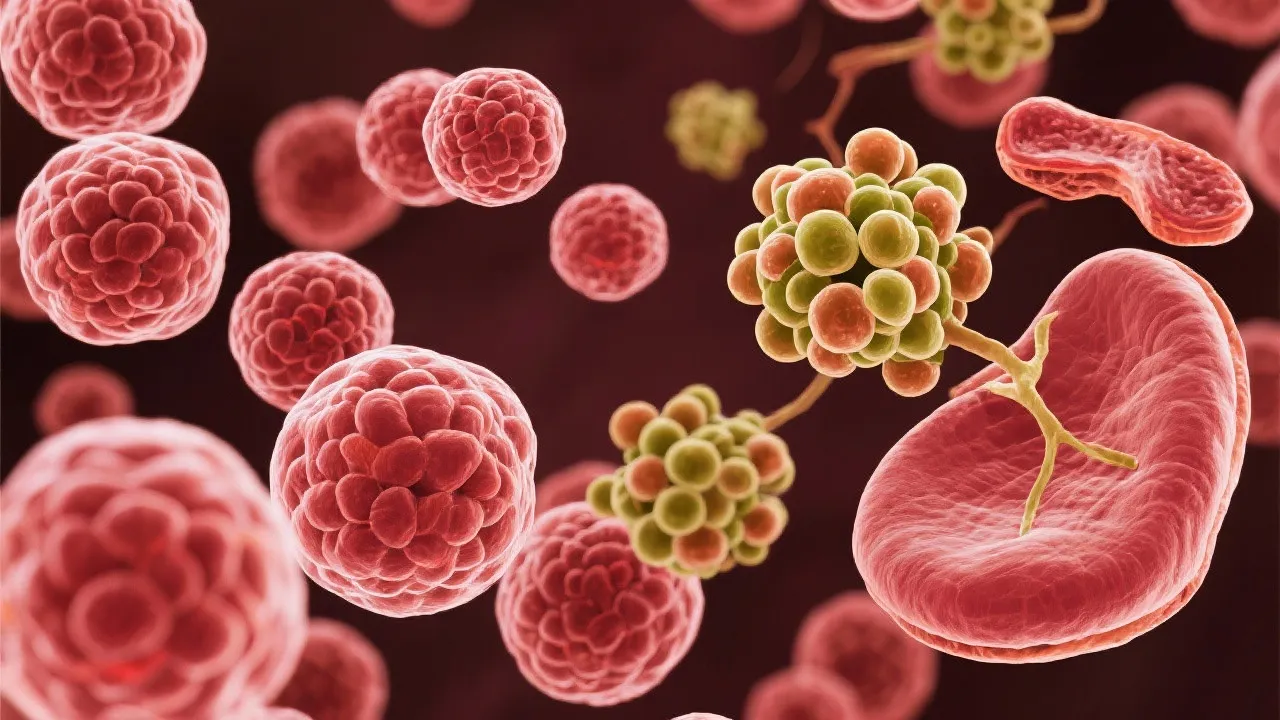This article explores induced pluripotent stem cells (iPSCs) and their role in studying non-alcoholic fatty liver disease (NAFLD). iPSCs, capable of differentiating into various cell types, offer a transformative approach to researching diseases like NAFLD, a prevalent liver condition caused by fat accumulation. By leveraging iPSCs, researchers aim to develop innovative treatments and deepen understanding of NAFLD's underlying mechanisms.

Induced pluripotent stem cells (iPSCs) have revolutionized the field of regenerative medicine, providing a platform for disease modeling, drug testing, and potential therapeutic interventions. Among the many areas where iPSCs are making significant contributions is in the study of non-alcoholic fatty liver disease (NAFLD). NAFLD, characterized by fat accumulation in the liver without excessive alcohol consumption, poses a growing concern worldwide due to its potential to progress to more severe liver conditions like cirrhosis and hepatocellular carcinoma. The rising prevalence of obesity and metabolic syndrome globally has contributed to the increased occurrence of NAFLD, making it imperative to explore its underlying mechanisms and develop effective treatment strategies.
The ability of iPSCs to differentiate into various cell types, including hepatocytes, makes them invaluable in modeling liver diseases such as NAFLD. Researchers harness iPSCs to generate liver cells that mimic the pathophysiological environment of NAFLD, enabling a deeper understanding of the disease's progression. iPSCs can be generated from patients with NAFLD, allowing researchers to study the specific cellular and molecular changes associated with the disease. This innovative approach offers insights into the molecular and genetic factors contributing to NAFLD, which traditional animal models might not fully capture. Furthermore, the ability to create disease-in-a-dish models enables the investigation of drug responses specific to individual variations, which is particularly relevant in the context of NAFLD, where treatment efficacy may vary widely among patients.
iPSCs offer several advantages over traditional research models:
Despite their potential, utilizing iPSCs in NAFLD research presents challenges including:
| Model Type | Advantages | Limitations |
|---|---|---|
| iPSCs | Patient-specific, ethical, applicable for drug testing, better biological relevance | Complex differentiation, stability issues, limited donor availability, high costs |
| Traditional Animal Models | Established protocols, comprehensive systemic understanding, in vivo environment | Lack of personal genetics, ethical concerns, significant species differences in liver physiology |
The future of iPSC research in NAFLD looks promising as technologies advance. Integrating CRISPR/Cas9 technology with iPSCs can further elucidate genetic contributions to NAFLD and possibly correct disease-related mutations. The ability to edit genes in iPSCs opens up new avenues for investigating disease mechanisms and testing gene therapies. Furthermore, collaboration between academic institutions and biotechnology companies is crucial to expedite the translation of research findings into clinical applications.
Another exciting direction is the development of organ-on-a-chip technologies that incorporate iPSC-derived hepatocytes. These systems mimic the architecture and function of human tissues, providing a dynamic platform for studying drug metabolism, liver toxicity, and disease progression over time. This technology allows for real-time observation of cellular responses to various stimuli and can accelerate the discovery of effective therapeutics for NAFLD.
Additionally, the exploration of the microbiome's impact on liver health through iPSC models could shed light on how gut-liver interactions influence NAFLD development and progression. Understanding these interactions may open up new preventative and therapeutic strategies targeting gut microbiota compositions in NAFLD patients.
In summary, iPSCs represent a cutting-edge tool in understanding and potentially treating NAFLD. While challenges persist, ongoing research and technological advancements hold promise for innovative therapies and improved patient outcomes. The integration of iPSC technology with modern genetic engineering and collaborative efforts across various sectors highlights an exciting trajectory for future research. With continued investment in understanding the pathways involved in NAFLD and potential interventions, a significant impact on patient care and quality of life is anticipated in the coming years. Ultimately, these developments may not only improve therapeutic strategies for NAFLD but also enhance our understanding of other metabolic liver diseases, paving the way for comprehensive treatments that address the root causes of liver dysfunction.
Explore the Tranquil Bliss of Idyllic Rural Retreats

Ultimate Countdown: The 20 Very Legendary Gaming Consoles Ever!

Affordable Full Mouth Dental Implants Near You

Discovering Springdale Estates

Embark on Effortless Adventures: Unveiling the Top in Adventures Made Easy Outdoor Equipment

Unlock the Full Potential of Your RAM 1500: Master the Art of Efficient Towing!

Dodge Ram: Redefining the Future of Full-Size Trucks with Unmatched Power and Innovation

Get New Phones Without Plans Easily

Smart Strategies to Slash Costs on Your Roof Replacement Endeavor
